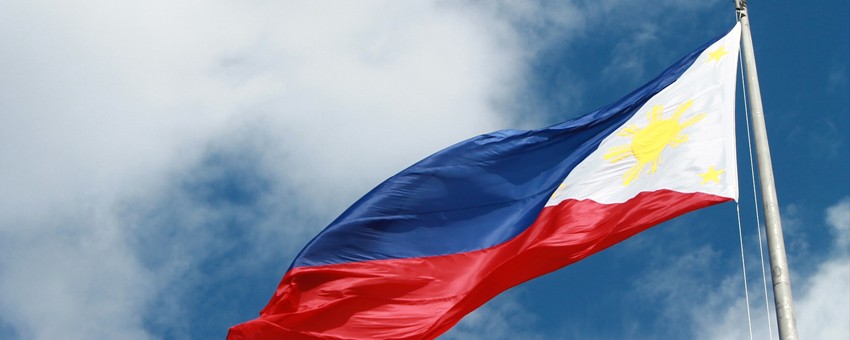
EUROPEANS are thinking twice over including the Philippines as part of their travel destination list — this, after the closure of Boracay and the looming shutdown of other islands as the government intensifies its clean-up efforts in other tourist spots.
Coming off from a trip to Europe a few weeks ago, European Chamber of Commerce of the Philippines President Guenter Taus said promoting the country as a tourist spot is a “very tough sell,” citing the “untimely” closure of Boracay.
“I don’t know was it our visit or was it the closing of Boracay. But It was hard to sell the Philippines as a tourism destination” Mr. Taus told reporters Thursday night, adding that the country’s upscale tourism lost “pretty much everything.”
Asked his estimates on the losses, Mr. Taus said it was difficult to quantify but nevertheless, estimated that every tourist that comes in for about 10 to 14 days spends about $2,000.
The official said two large operators in Europe pre-booked for about 500 tourists before Boracay’s closure, making their payments non-refundable.
“There’s a number of legal issues there as well that are of course not perceived very well,” Mr. Taus said, noting that the operators lamented that “there’s nobody [in the Philippines] who really organizes this properly in terms of tourists.”
Asked if selling the Philippines as a tourist destination will be made more difficult with government’s expressed plan to extend its clean up effort to other islands, Mr. Taus said: “Absolutely.”
“Because people get scared… You don’t want to touch the Philippines,” Mr.Taus said, recalling his dialogue with the European operators whose identities he declined to reveal.
The group has shifted its focus to other tourist destinations like Bohol, Siquijor and Cebu while doing away with “mainstream” tourism.
“I think European tourists are actually very picky on what they want to do. Mainstream tourism is all gone so let’s do something different, let’s do something that we have never experienced before. I think we are in a very good position to offer that,” Mr. Taus said.
Part of the new strategy is including outdoor activities like biking, hiking, mangrove planting, among others, in tour packages. In addition, the ECCP is offering European tourists to engage with local fishermen by living with them in their village.
About 553,000 European tourists visited the Philippines last year.
Although some have probably turned toward other destinations like Thailand, Indonesia, Malaysia and Vietnam, Mr. Taus expressed confidence that the tourism industry in the country would rebound.
“if we shift gear and look at other opportunities as well because as snooze dies, you try to fit in a little bit more positive things and you go from there,” he added.
Asked on the interest of European investors to put up businesses in the country, Mr. Taus said: “There’s a lot of interest in the Philippines despite it all. Very much interest and we’ll see what the outcome is.”
The official admitted, however, that the ECCP has had discussions with companies that have looked at the Philippines and hesitated.
“And people start comparing the incentives and the political stability and the grants that they get and the incentives that they get and said fine. If they can be revoked any time they might want one have a second look at it and see is there any option that we have. Its certainly always a concern,” Mr. Taus added.
This article was published in the Business World Online on May 18, 2018»